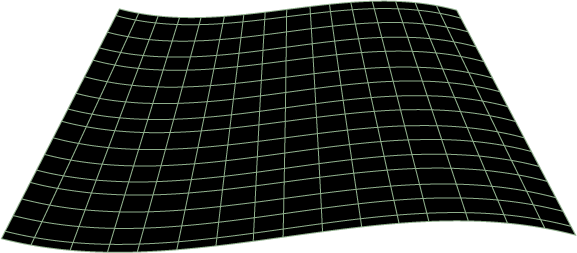
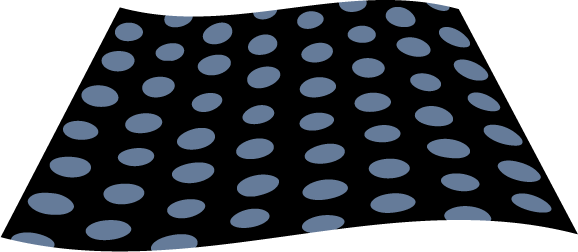
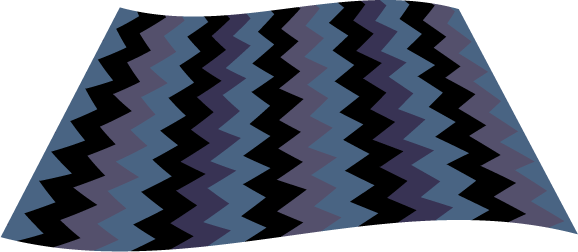









We present some spaced out questions and speculations on astrophysics. Or is it astrophysics that is spaced out?
We’re a bit confused by the notion of gravity bending space. What is space? Is it some physical thing? Isn’t space the volume of the universe? Isn’t this a measurement and not a physical thing? What exists as space that can bend? Is it particles? What would they be, dimension particles? What is meant by the “fabric of space”? What’s this fabric made of, Newtsteinium? Expandex?
Space is the three dimensions of height, width, and depth. Basically three imaginary lines 90 degrees orthogonal from each other along which you can measure distances that define a volume or position. This is no different than the imaginary lines of longitude and latitude that define the surface of the Earth. Is there any force that affects lines of longitude and latitude? Do these imaginary lines affect anything crossing them? Do ships crash into lines of longitude and sink? It’s preposterous. Yet imaginary lines in space are supposed to be bent by gravity and cause objects to change direction.
There is space between atoms, and between the nucleus and electrons in an atom. Is there a lower limit to the size of space that can be bent? Is space bent around an atom? Doesn’t gravity come from each and every particle and not the planet as a whole? Does a planet have countless numbers of bits of bent space bending around every atom? How does that work? How does bent space cause objects to fall on Earth? Or does it only work on planets and things in outer space?

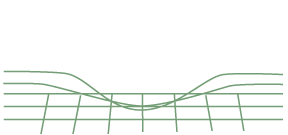


I don’t get the visual depictions of this bent space. They usually show some three dimensional orb deforming a two dimensional fabric of space. This orb nests on this fabric, bending it down as if there were some giant source of gravity below pulling it down. How does that work? Bent space causes gravity and gravity causes bent space? Talk about circular logic.
As drawn, an object heading straight for a planet would reach a point and then start falling into the depression toward the bottom. When does that ever happen? How does bending space explain the acceleration from gravity? Does changing something’s direction speed it up? A car doesn’t speed up in a turn because it turns. Why would something entering a gravity well as depicted speed up?
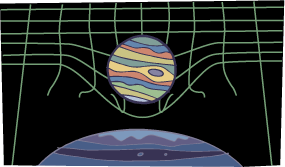
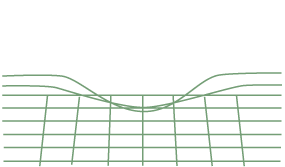
We don’t see why you need to bend space to bend the path of light any more than you need a curved road to bend the path of a car. You need a force. Forces don’t come from nowhere, they come from something with physical properties. Measurements and volume have no physical properties. By the same token, don’t forces affect only things that physically exist? If space is a volume can it be affected by gravity? The mass in space is, but the emptiness in between? How do you bend a totally non-physical distance? I’m no Einstein, but whole concept of bending space strikes me as like poking a hole in a vacuum.
Physics is the study of the interaction of matter and forces. Space is neither matter nor a force. Space is the volume in which matter and forces exist. It is a reference frame. Just like latitude and longitude is a reference frame for the Earth’s surface. Isn’t it insane to think longitude and latitude interact in any cause and effect way with any matter or forces on the planet? Yet physicists think the reference frame of space interacts with matter. This has to be the most insane thing ever believed by smart people. As George Orwell observed, “Some ideas are so wrong only a highly educated person could believe them.”
Do we have a better explanation? Perhaps not. But the folks at the following sites might. The plasma-electric alternative to the standard model of the universe. The Electric Universe or Thunderbolts. Agree or disagree, we can pretty well guarantee you’ll find it interesting and thought provoking at least.